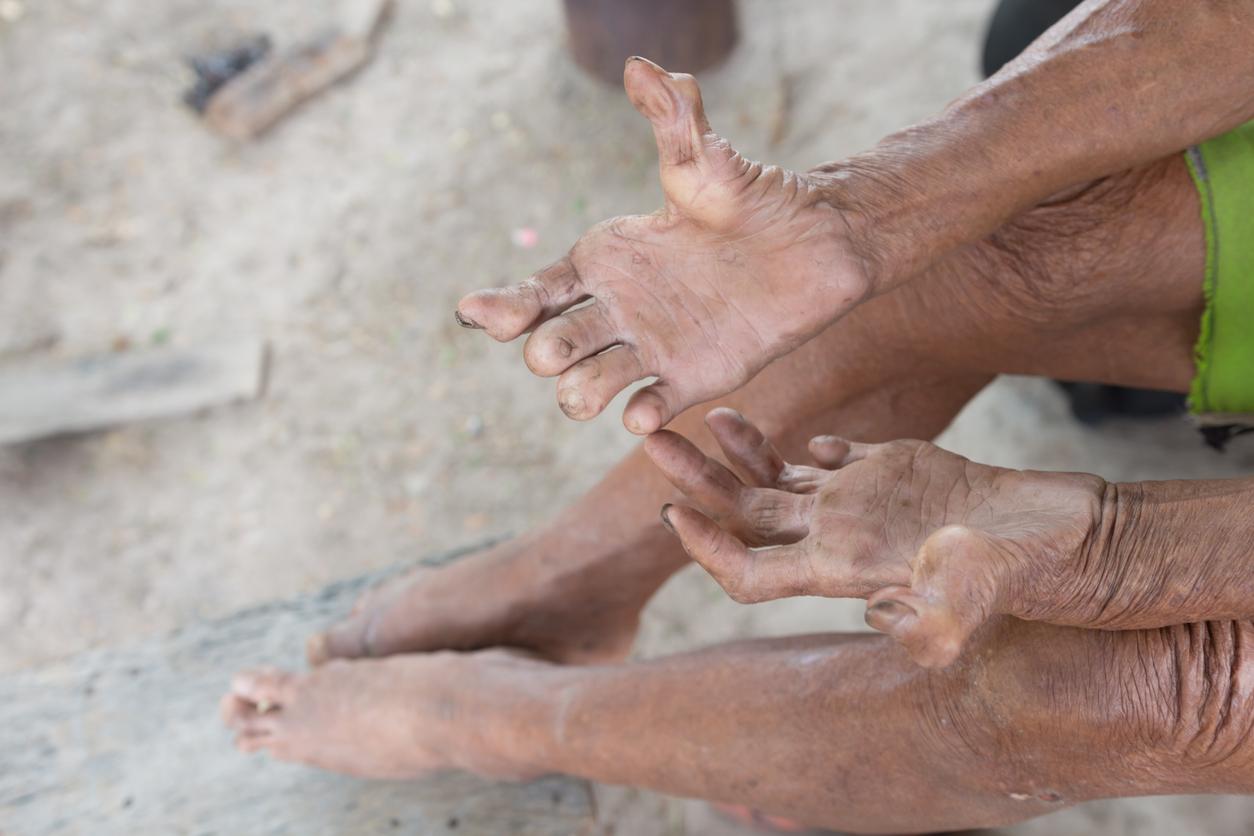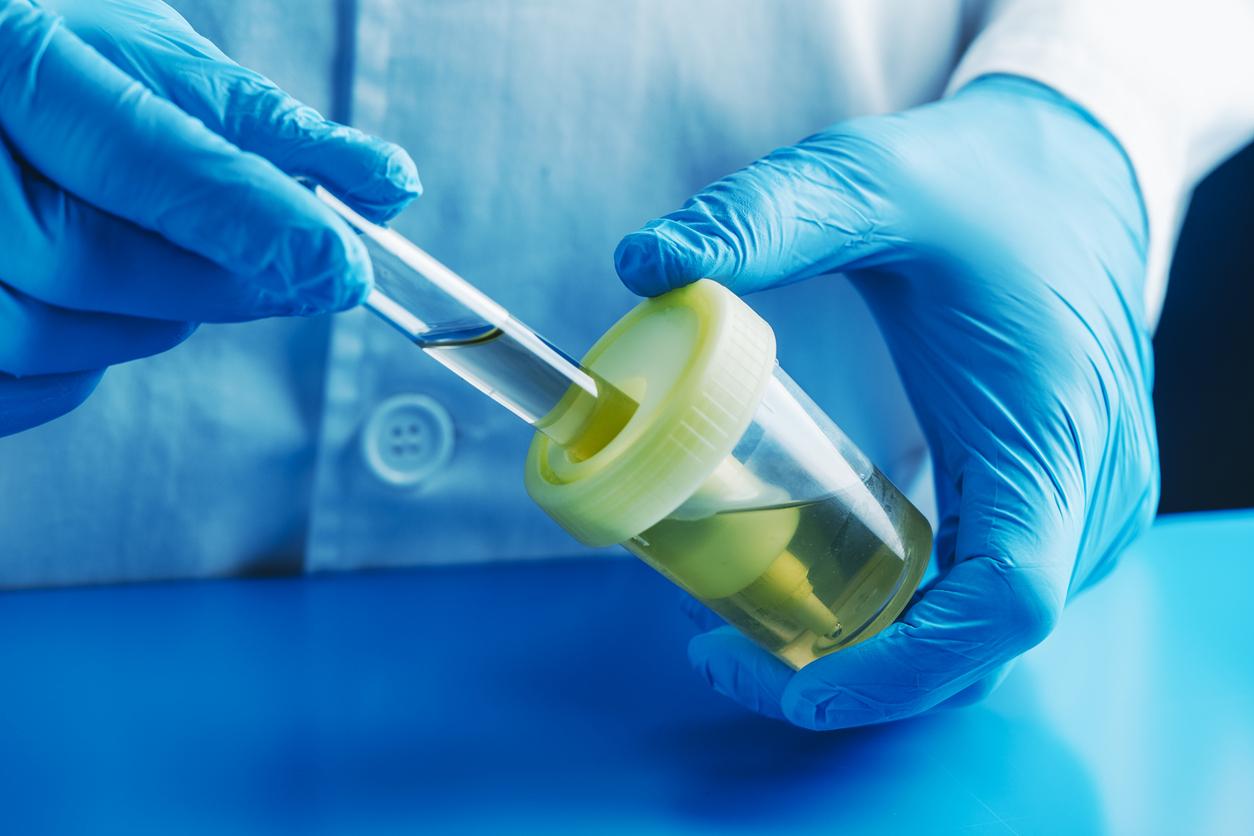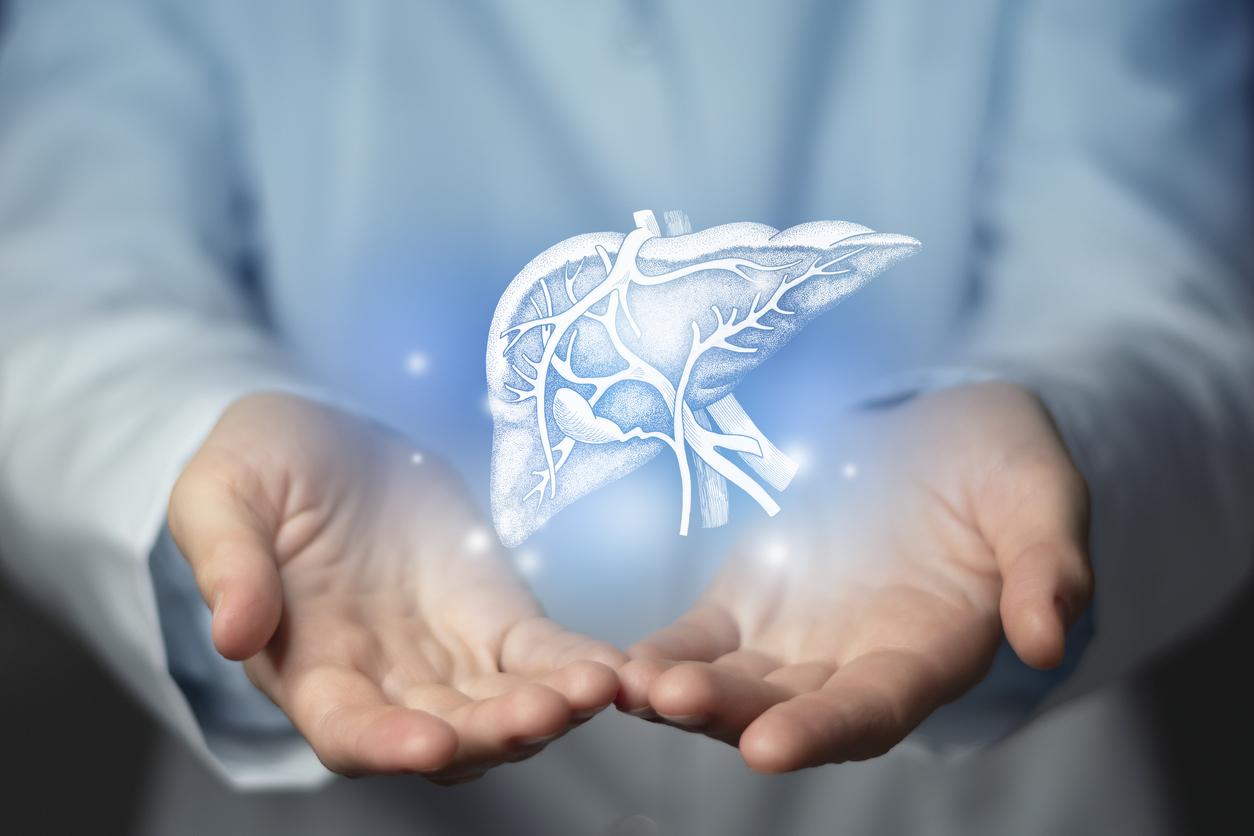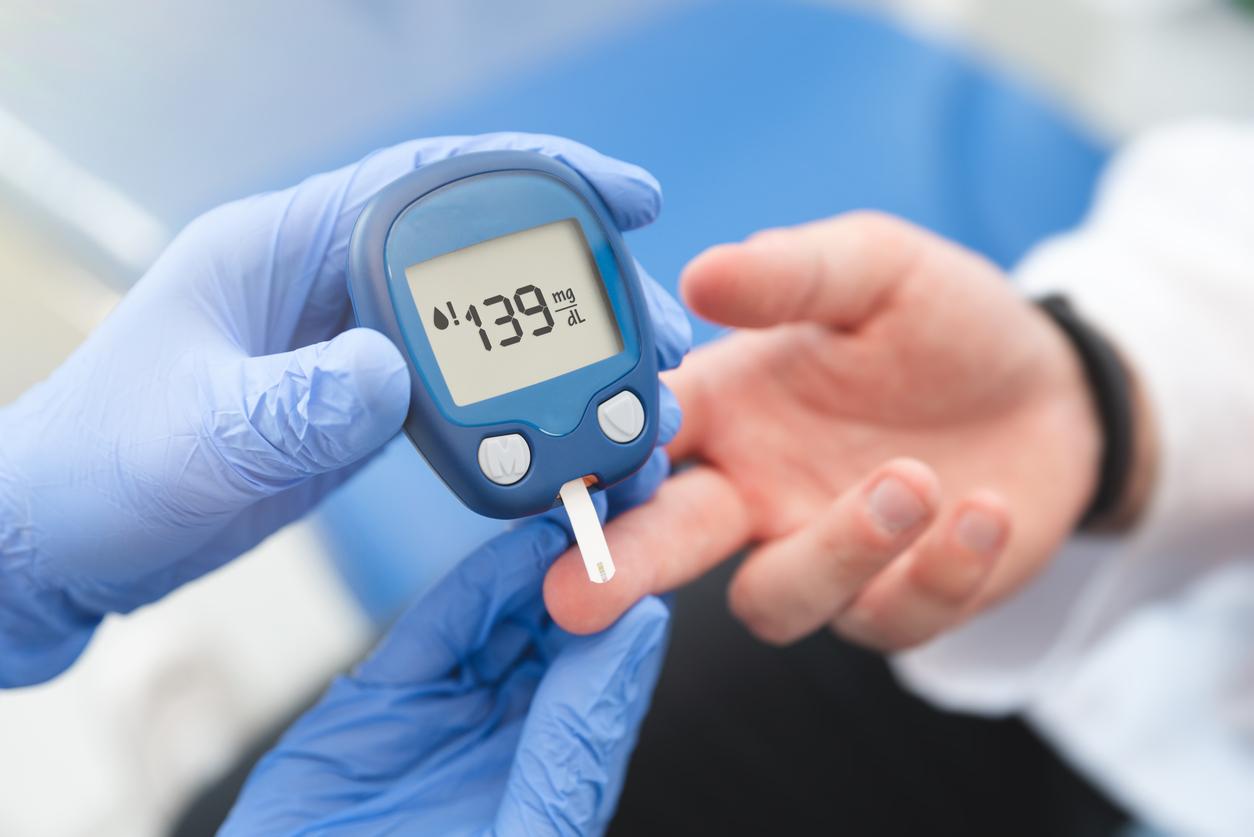Virtually non-existent for many years in developed countries, leprosy reappeared this summer in the USA. Some explanations to better understand this bacterial pathology and not to be afraid of it.

- Leprosy is a highly monitored bacterial disease that still affects 120 countries with 200,000 new cases per year.
- Leprosy is manifested by skin and neurological lesions which, without treatment, can become very debilitating (deformities, disfiguring lesions, mutilations, etc.).
- Leprosy is curable if treatment is started early.
Leprosy, also called Hansen’s disease, is an infectious disease which, if we thought it disappeared in our regions, still exists in different areas of the planet. It is therefore useful to know the signs in order to be able to detect it early and thus treat it correctly.
Leprosy: a disease present in developed countries
In August 2023, it was reported that a young American, originally from Texas, was diagnosed with leprosy. And despite its virtual disappearance for many years, it is unfortunately not the first case found in the United States… Indeed, the first cases were reported in Florida around 2015 with around 10 cases per year. This recrudescence of the disease in this state could be explained by a great proximity with the armadillos, these animals have a protective shell, but also harbor the bacteria responsible for leprosy. Indeed, the main reservoirs of this bacterium are certain types of armadillos, but also humans.
Although rare in most of the world, leprosy is still present in 120 countriesmostly in Africa, Asia and Latin America. The elimination of this disease (i.e. less than 1 case per 10,000 inhabitants) was nevertheless very present in 2000 at the global level, then at the national level in most countries in 2010. But with more than 200,000 new cases per year, it is gaining ground and reaching other countries, the vast majority in India and Brazil.
Leprosy is an infectious disease caused by a bacillus (rod-shaped bacteria) called Mycobacterium leprae or, less frequently, Mycobacterium lepromatosis.
Hansen’s disease: mainly human-to-human transmission
Transmission occurs through droplets from the nose and mouth during close and repeated contact (over several months) with affected and untreated people since contagiousness ceases when treatment is started.
Important thing clarified by the WHO, the fact of being occasionally in contact with a person affected by leprosy, of shaking their hand, hugging them, sharing a meal with them or sitting next to them from it, is not enough to contract the pathology. Leprosy is not, in fact, highly contagious contrary to popular belief (this was the case when there was no treatment).
More or less serious lesions…
Leprosy can occur at any age. It mainly affects the skin and peripheral nerves, but also the mucous membrane of the respiratory tract and eyes. The diagnosis is clinical: that is to say, it is based on the lesions observed. Confirmation is made by studying the biopsy (sample) of the affected organ and certain blood tests.
There are several types of leprosy. They are classified according to the cellular response and the symptoms: lepromatous leprosy and tuberculoid leprosy, and according to the type and areas affected: pauci-bacillary leprosy (from 1 to 5 skin lesions, for the majority of tuberculoid leprosy) and the multi-bacillary leprosy (more than 5 skin lesions, often the case of lepromatous leprosy).
The disease causes damage to the skin and peripheral nerves in all areas of the body, resulting in numbness and weakness of the innervated area.
The skin lesions are most often hypopigmented and hypoaesthetic macules (flat spots without coloring and which have lost their sensitivity). They can sometimes take the form of papules (raised lesions often called a “pimple”) or nodules.
But more serious damage is also likely to appear, caused by the worsening of peripheral neuropathy:
- touch abnormalities;
- an inability to feel pain or temperature;
- muscle weakness leading to deformities;
- mutilation of the face, eyes, nose, hands, feet, various organs (kidneys, etc.).
You should know that the symptoms of leprosy take an average of 5 to 7 years (but possible from 6 months to 10 years) before appearing.
…but a curable disease
Today, leprosy is a fully curable disease. Indeed, effective treatments (anti-mycobacteria antibiotics) exist and stop the progression of the pathology. But unfortunately, they do not heal nerve damage or deformities.
The elimination of this disease is a public health problem which the WHO is combating through Global Leprosy Strategy implemented since 2016 and whose results remain encouraging.















